-
Check Local Regulations: Always check and comply with all local, state, and federal regulations regarding animal trapping and relocation before setting the trap.
-
Humane Treatment: Handle trapped animals with care and minimize stress. Cover the trap with a blanket or tarp to calm the animal.
-
Regular Monitoring: Check the trap frequently (at least twice daily) to prevent prolonged confinement of any animal. Prolonged confinement can cause stress, injury, or even death.
-
Safe Baiting: Use appropriate bait to target specific animals and avoid attracting non-target species. Keep bait away from children and pets.
-
Careful Handling: When releasing an animal, keep a safe distance and avoid direct contact. Wear protective gloves and clothing.
-
Avoid Sensitive Areas: Do not place traps in areas where domestic animals, such as pets or livestock, may be at risk.
-
Secure Placement: Ensure the trap is placed on a stable, level surface to prevent tipping and potential injury to the animal.
-
Children and Pets: Keep children and pets away from the trap at all times to prevent accidents.
-
Proper Maintenance: Regularly inspect the trap for damage or wear. Repair or replace any damaged parts to ensure safe and effective operation.
-
Consult Professionals: If you are unsure about proper trapping techniques or handling of wild animals, consult with a local animal control agency, wildlife rehabilitator, or other qualified professional.

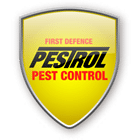

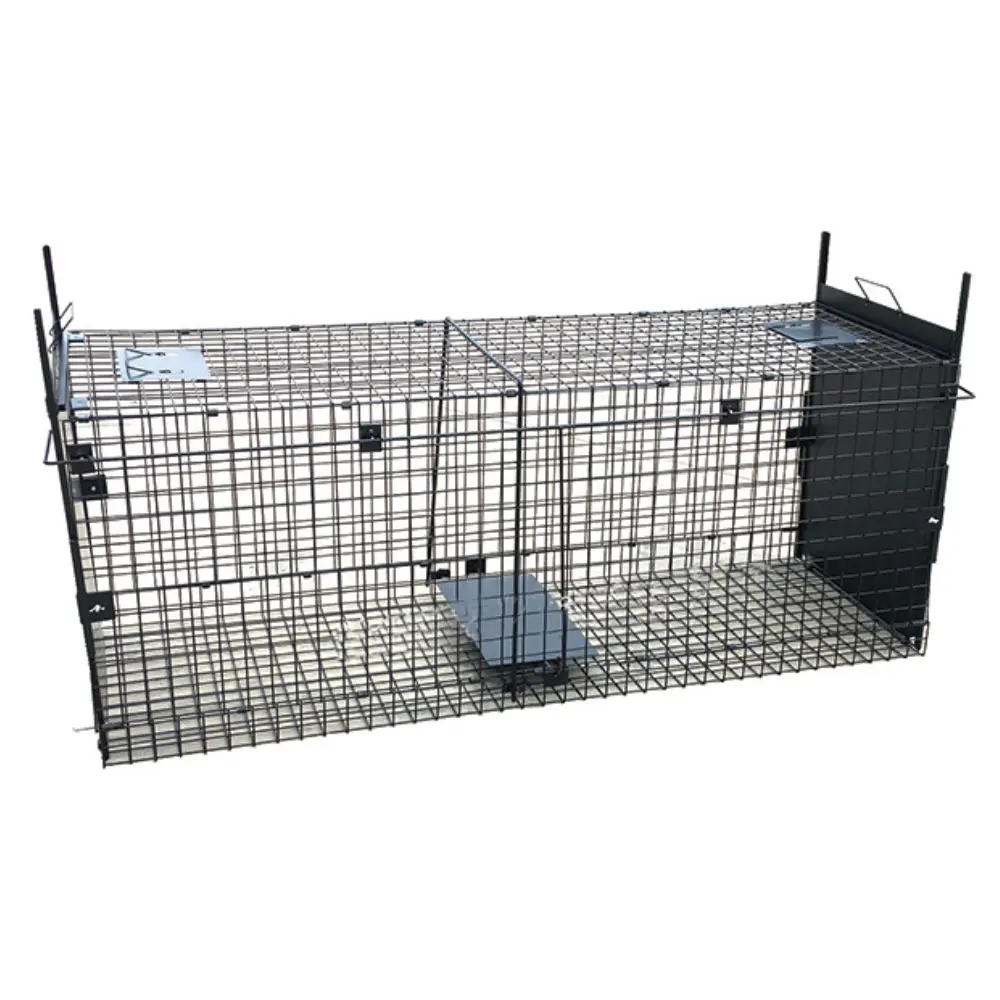
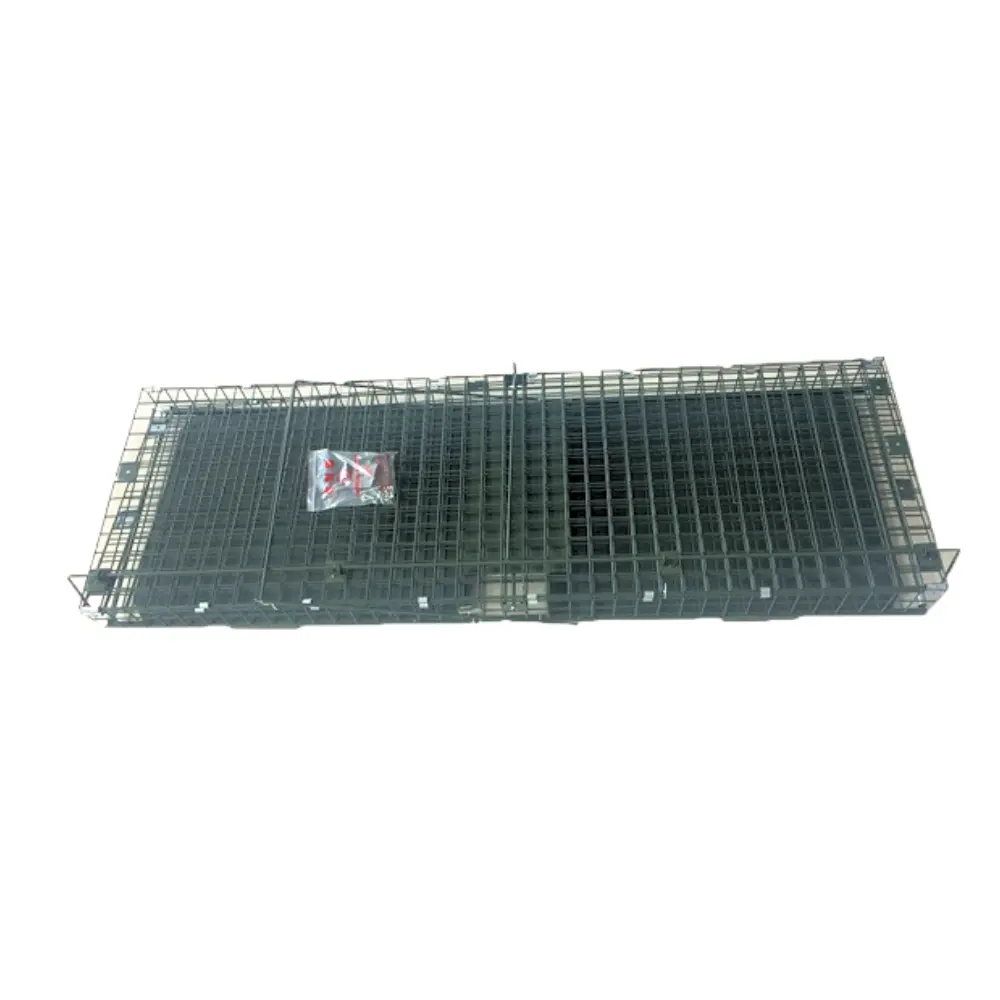
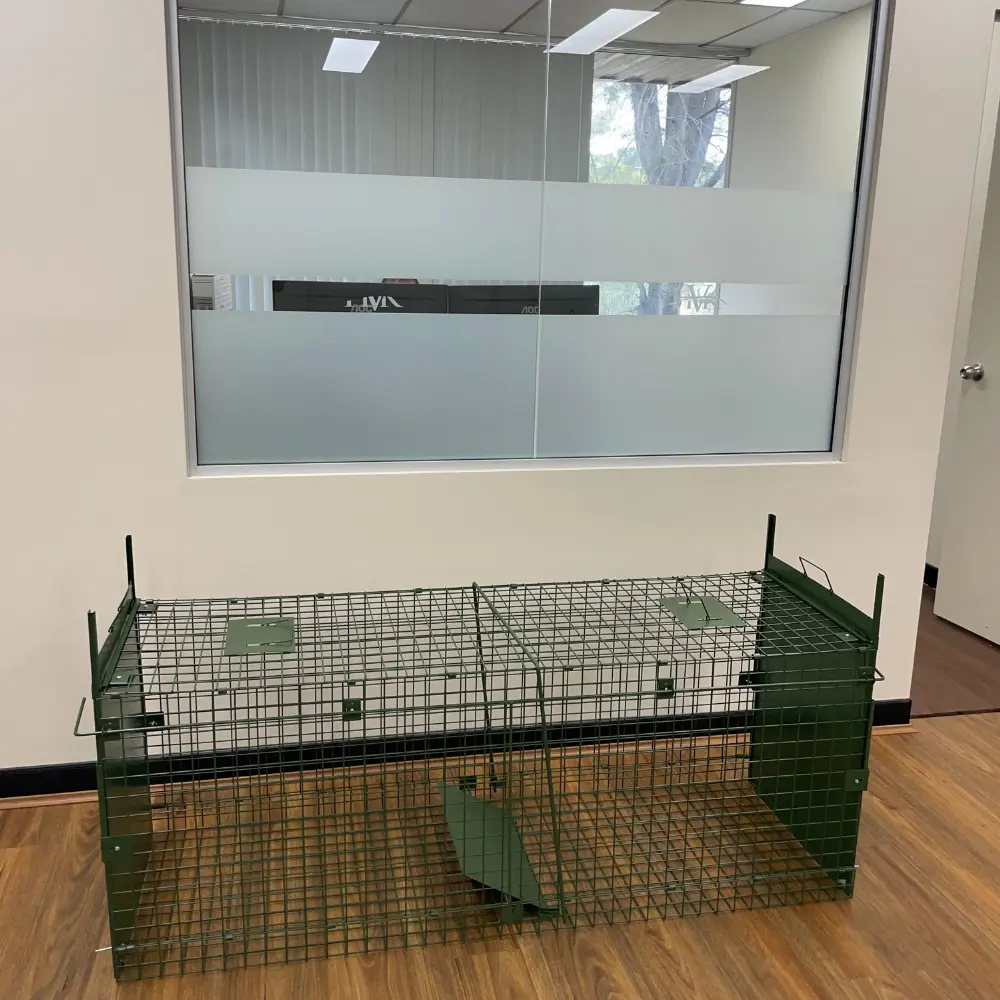
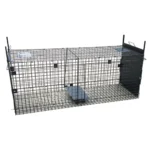
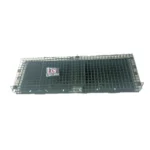
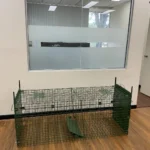



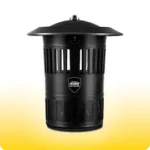 Mosquito Traps
Mosquito Traps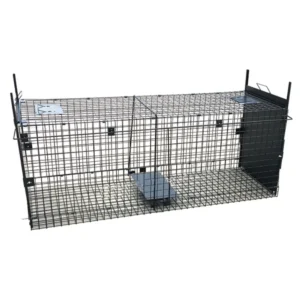
Reviews
There are no reviews yet